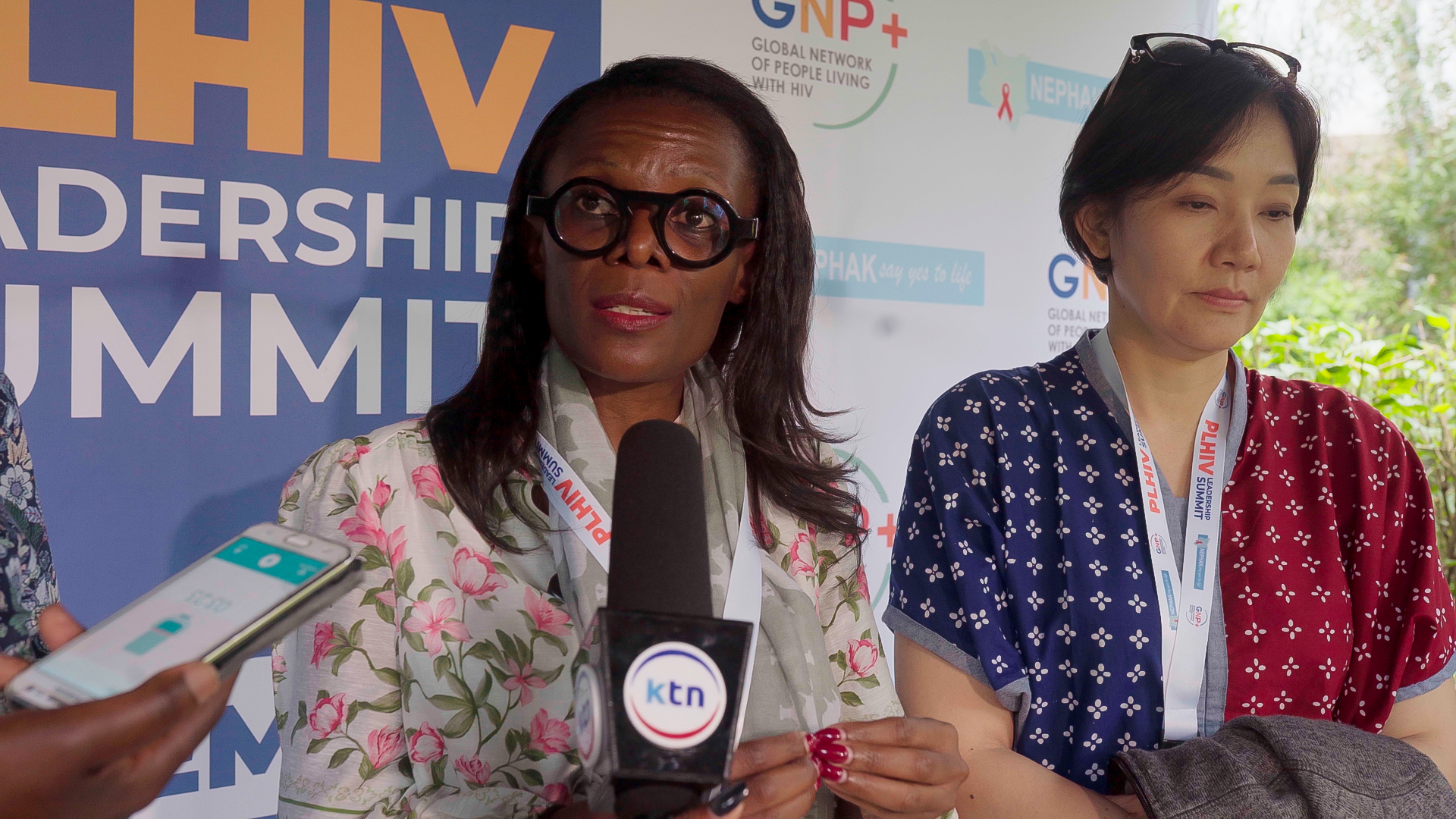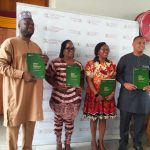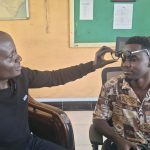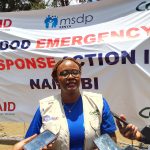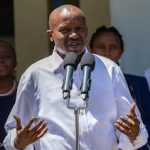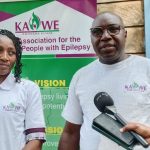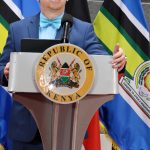Over 30 leaders of national networks of people living with HIV (PLHIV) from across the world gathered in Nairobi this week for the PLHIV Leadership Summit 2025, hosted by the National Network of People Living with HIV in Kenya (NEPHAK) in collaboration with the Global Network of People Living with HIV (GNP+).
The two-day summit, held on April 10th and 11th, follows a series of biweekly consultations aimed at strengthening advocacy efforts to secure better access to treatment and improved quality of life for PLHIV globally.
A Critical Moment for the HIV Response
With the 2030 goal of ending AIDS as a public health threat approaching, the summit comes at a pivotal time. Despite progress, 9 million people living with HIV still lacked access to life-saving treatment in 2023, and 630,000 died from AIDS-related illnesses—a stark reminder that the global response is off track.
“The lives of over 40 million people living with HIV worldwide are more than just numbers,” emphasized GNP+ in a statement. “We must reimagine strategies to ensure not just survival, but thriving lives—free from stigma and discrimination.”
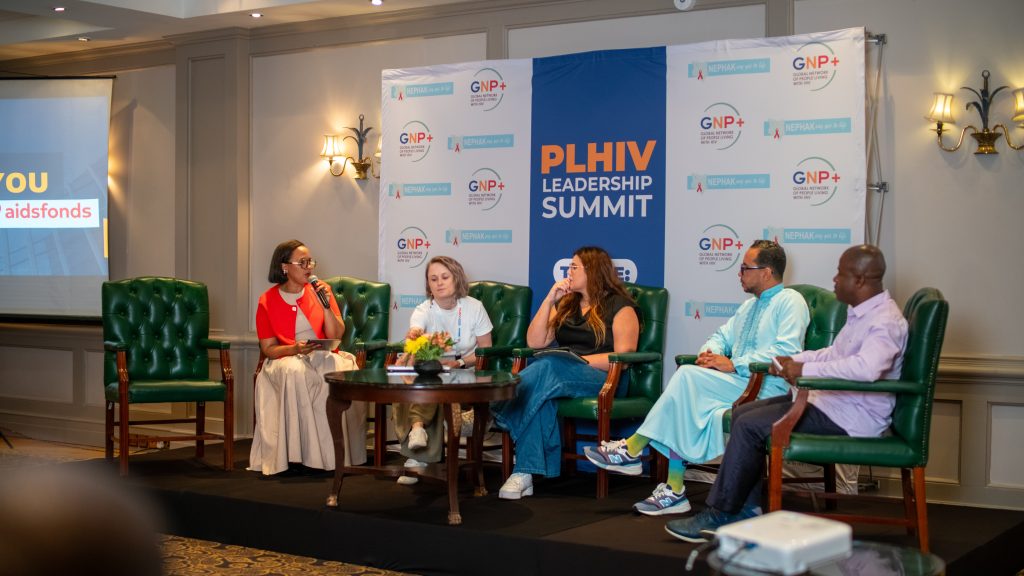
Building Consensus for the Future
The summit seeks to unify priorities for PLHIV advocacy, ensuring that the voices of affected communities shape the next phase of the global HIV response. Key discussions focus on:
- Strengthening sustainable treatment access through national HIV response roadmaps.
- Aligning efforts with the UNAIDS HIV Sustainability Framework and upcoming Global AIDS Strategy (2026-2031).
- Advocating for meaningful PLHIV engagement in the 2026 UN High-Level Meeting on HIV and AIDS.
“Undetectable = Untransmittable” (U=U) as a Global Priority
A central theme of the summit is reinforcing the U=U message, which highlights that people with HIV who achieve viral suppression cannot transmit the virus. This scientific breakthrough is crucial for both individual health and prevention efforts, yet many still face barriers to treatment.
A Unified Call to Action
As the summit concludes, leaders are drafting a joint statement to guide advocacy in the coming years. Their message is clear: sustained political commitment, increased funding, and community-led solutions are essential to close the gaps in the HIV response.
“This meeting is more than just dialogue—it’s about action,” said one delegate. “We are shaping a future where no one is left behind.”
With the outcomes of this summit set to influence global policy, the PLHIV community is stepping forward with a stronger, unified voice—ensuring that the fight against HIV remains a priority until the epidemic is truly over.

